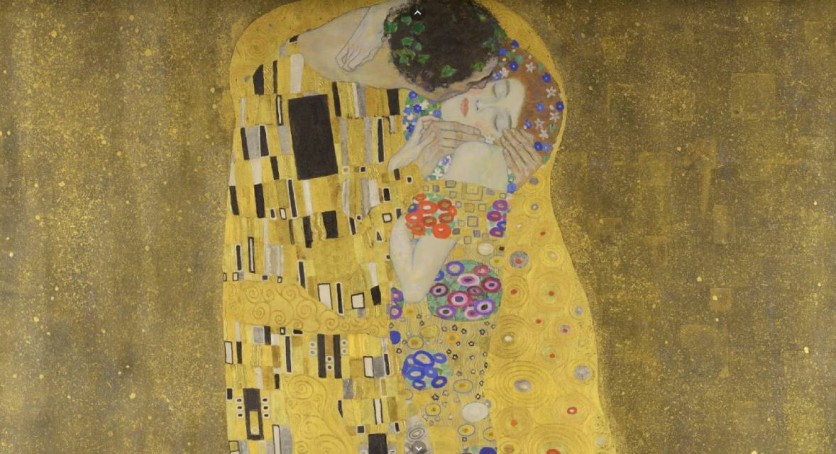Google is doing its part to restore several lost pieces of art that got destroyed during WW2.

In order to restore the art, the search engine giant is using artificial intelligence, according to Mashable.
It is said that these pieces were part of the loot collected by the German army, which was stored at a castle in Austria. During the last few months of the war, this castle played host to a still-unconfirmed number of artworks by the Austrian artist Gustav Klimt, with the most valuable ones being part of a series called the "Faculty Paintings."
However, the Faculty Paintings have been largely destroyed, and only black and white photographs of them exist. That's where Google's artificial intelligence project comes in.
The Austrian castle where they were stored "mysteriously" caught fire, destroying the art. In fact, many historians believe that the German army might've actually caused the fire themselves, since they were already on the losing end of the war.
Working in partnership with the Belvedere Museum in Vienna, Google used a slew of AI/machine learning technologies to recreate these paintings from The Faculty in full color.
The resulting images were then shared in an online hub for Google Arts & culture, where they can be seen by everyone.
Google's artificial intelligence achieved the feat by being "trained" on tons of data about Klimt's previous works, as well as different pieces of scholarly research. From there, it came up with its best guess as to how the paintings would've looked in full color.
When Belvedere Museum curator Dr. Franz Smola saw the results, he was surprised. He claimed that the Google AI algorithm was able to color the paintings even in areas that barely had any information about it, Ocula reported.
How Can Artificial Intelligence Recreate?
The answer lies in how artificial intelligence itself is designed, and how it really works.

See, among the biggest advantages of AI/machine learning is how exactly it "learns."
Humans learn by doing trial-and-error, because they often think about their past mistakes and how to improve on them or fix them. AI can only learn when it is fed a certain amount of data.
With this capability, artificial intelligence can focus with exceptional ease on the task at hand, enabling it to see patterns when no humans can't. There's a good chance that upon looking at the previous works of Klimt, the machine learning algorithm "noticed" these patterns and came up with its best guess of how the artworks used to be colored, based on Klimt's art style alone.
This is why the benefits of AI in our daily lives can never be understated, even if it does frighten a lot of people. Imagine a machine that makes it look easy to detect patterns buried in mountains of data being used in other applications--say, diagnosing illnesses.
Either way, this is a really great example of how artificial intelligence can be used to restore what has been lost, more so if they're pieces that reflect and preserve human culture.
This article is owned by Tech Times
Written by RJ Pierce
ⓒ 2025 TECHTIMES.com All rights reserved. Do not reproduce without permission.




